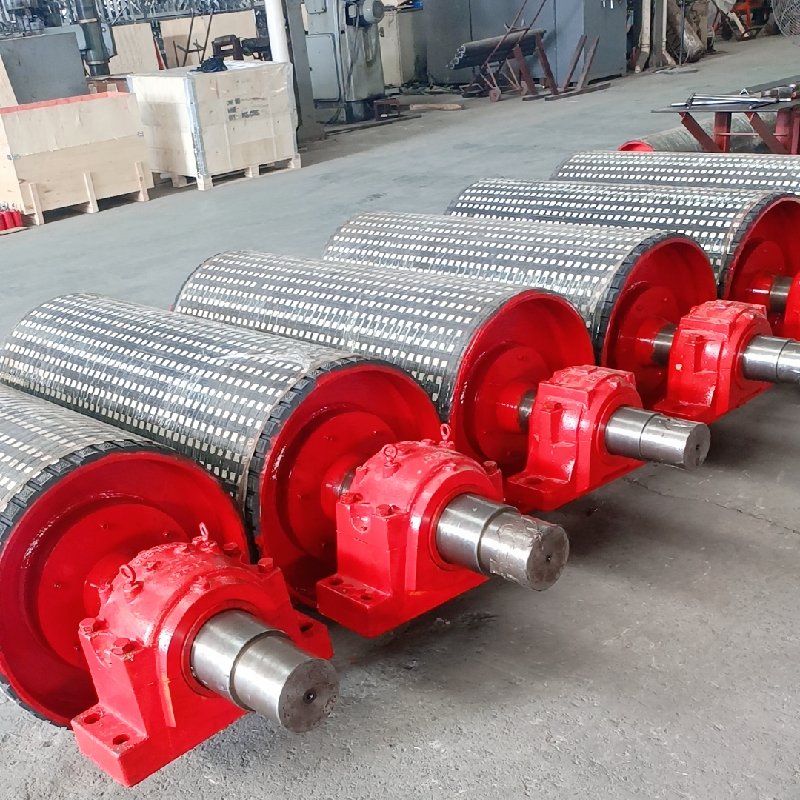 Afrikaans
Afrikaans  Albanian
Albanian  Amharic
Amharic  Arabic
Arabic  Armenian
Armenian  Azerbaijani
Azerbaijani  Basque
Basque  Belarusian
Belarusian  Bengali
Bengali  Bosnian
Bosnian  Bulgarian
Bulgarian  Catalan
Catalan  Cebuano
Cebuano  Corsican
Corsican  Croatian
Croatian  Czech
Czech  Danish
Danish  Dutch
Dutch  English
English  Esperanto
Esperanto  Estonian
Estonian  Finnish
Finnish  French
French  Frisian
Frisian  Galician
Galician  Georgian
Georgian  German
German  Greek
Greek  Gujarati
Gujarati  Haitian Creole
Haitian Creole  hausa
hausa  hawaiian
hawaiian  Hebrew
Hebrew  Hindi
Hindi  Miao
Miao  Hungarian
Hungarian  Icelandic
Icelandic  igbo
igbo  Indonesian
Indonesian  irish
irish  Italian
Italian  Japanese
Japanese  Javanese
Javanese  Kannada
Kannada  kazakh
kazakh  Khmer
Khmer  Rwandese
Rwandese  Korean
Korean  Kurdish
Kurdish  Kyrgyz
Kyrgyz  Lao
Lao  Latin
Latin  Latvian
Latvian  Lithuanian
Lithuanian  Luxembourgish
Luxembourgish  Macedonian
Macedonian  Malgashi
Malgashi  Malay
Malay  Malayalam
Malayalam  Maltese
Maltese  Maori
Maori  Marathi
Marathi  Mongolian
Mongolian  Myanmar
Myanmar  Nepali
Nepali  Norwegian
Norwegian  Norwegian
Norwegian  Occitan
Occitan  Pashto
Pashto  Persian
Persian  Polish
Polish  Portuguese
Portuguese  Punjabi
Punjabi  Romanian
Romanian  Russian
Russian  Samoan
Samoan  Scottish Gaelic
Scottish Gaelic  Serbian
Serbian  Sesotho
Sesotho  Shona
Shona  Sindhi
Sindhi  Sinhala
Sinhala  Slovak
Slovak  Slovenian
Slovenian  Somali
Somali  Spanish
Spanish  Sundanese
Sundanese  Swahili
Swahili  Swedish
Swedish  Tagalog
Tagalog  Tajik
Tajik  Tamil
Tamil  Tatar
Tatar  Telugu
Telugu  Thai
Thai  Turkish
Turkish  Turkmen
Turkmen  Ukrainian
Ukrainian  Urdu
Urdu  Uighur
Uighur  Uzbek
Uzbek  Vietnamese
Vietnamese  Welsh
Welsh  Bantu
Bantu  Yiddish
Yiddish  Yoruba
Yoruba  Zulu
Zulu belt drive with idler pulley
Understanding Belt Drive Systems with Idler Pulleys
Belt drive systems are fundamental mechanisms in machinery and mechanical engineering, commonly used to transfer power and motion between different components. One of the key features that enhance the functionality and efficiency of belt drives is the inclusion of idler pulleys. This article aims to explain the workings and advantages of belt drive systems equipped with idler pulleys.
Understanding Belt Drive Systems with Idler Pulleys
Idler pulleys are non-driven pulleys placed strategically within a belt drive system. Their primary purpose is to guide and tension the belt, ensuring it maintains the correct alignment and optimal tension. This is essential because incorrect tension can lead to increased wear and tear, slippage, or even complete failure of the system. By providing the right amount of tension, idler pulleys help extend the life of the belt and the pulleys involved.
belt drive with idler pulley

Moreover, idler pulleys can adjust the direction of the belt’s path. In applications where space constraints exist, idler pulleys can reroute belts and enable more compact designs. For instance, in a multi-pulley setup, idler pulleys allow for a more flexible configuration, making it feasible to transfer power between pulleys that are not positioned in a straight line.
Another significant benefit of using idler pulleys is noise reduction. As belts move, they can generate vibrations and noise, especially if they are not adequately tensioned. Idler pulleys help dampen these vibrations, resulting in quieter operation. This is particularly advantageous in environments where noise levels must be minimized, such as in residential or office settings.
In summary, belt drive systems with idler pulleys offer a range of advantages that enhance their effectiveness in power transmission. By improving belt tension, enabling flexible configurations, and reducing noise, idler pulleys play a crucial role in ensuring the reliability and efficiency of belt-driven machinery. Understanding these components not only helps in selecting the right system for various applications but also contributes to the maintenance and longevity of mechanical systems. As industries continue to evolve, the importance of efficient and reliable belt drive systems will remain a vital consideration in engineering design and mechanical operations.
-
Revolutionizing Conveyor Reliability with Advanced Rubber Lagging PulleysNewsJul.22,2025
-
Powering Precision and Durability with Expert Manufacturers of Conveyor ComponentsNewsJul.22,2025
-
Optimizing Conveyor Systems with Advanced Conveyor AccessoriesNewsJul.22,2025
-
Maximize Conveyor Efficiency with Quality Conveyor Idler PulleysNewsJul.22,2025
-
Future-Proof Your Conveyor System with High-Performance Polyurethane RollerNewsJul.22,2025
-
Driving Efficiency Forward with Quality Idlers and RollersNewsJul.22,2025





























